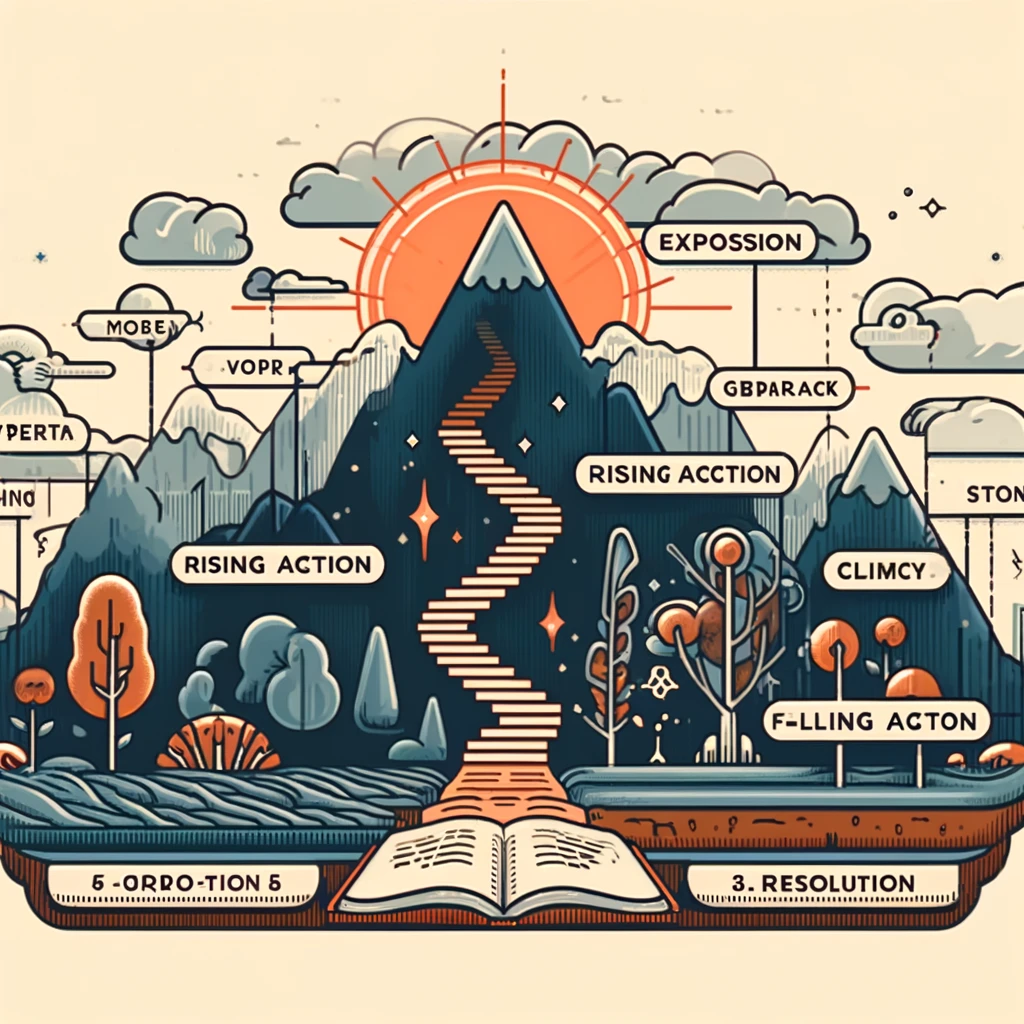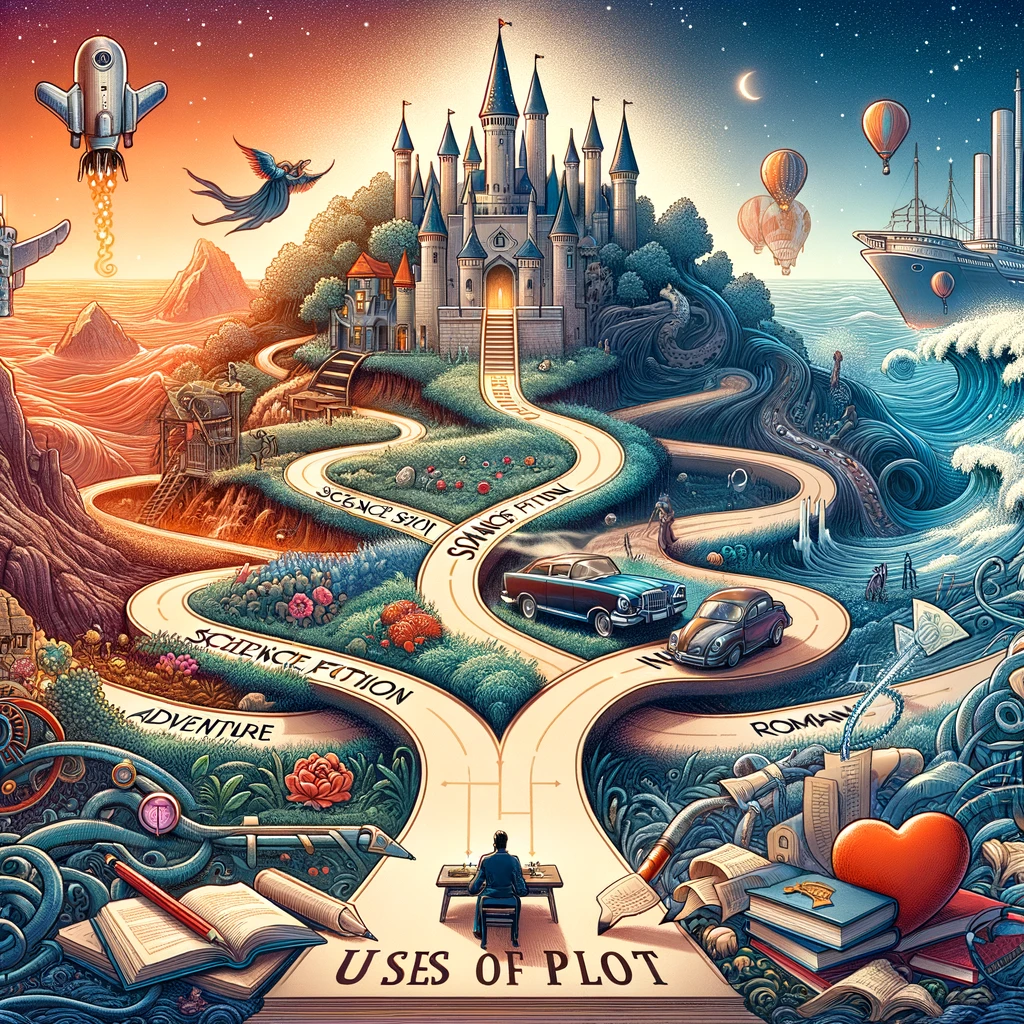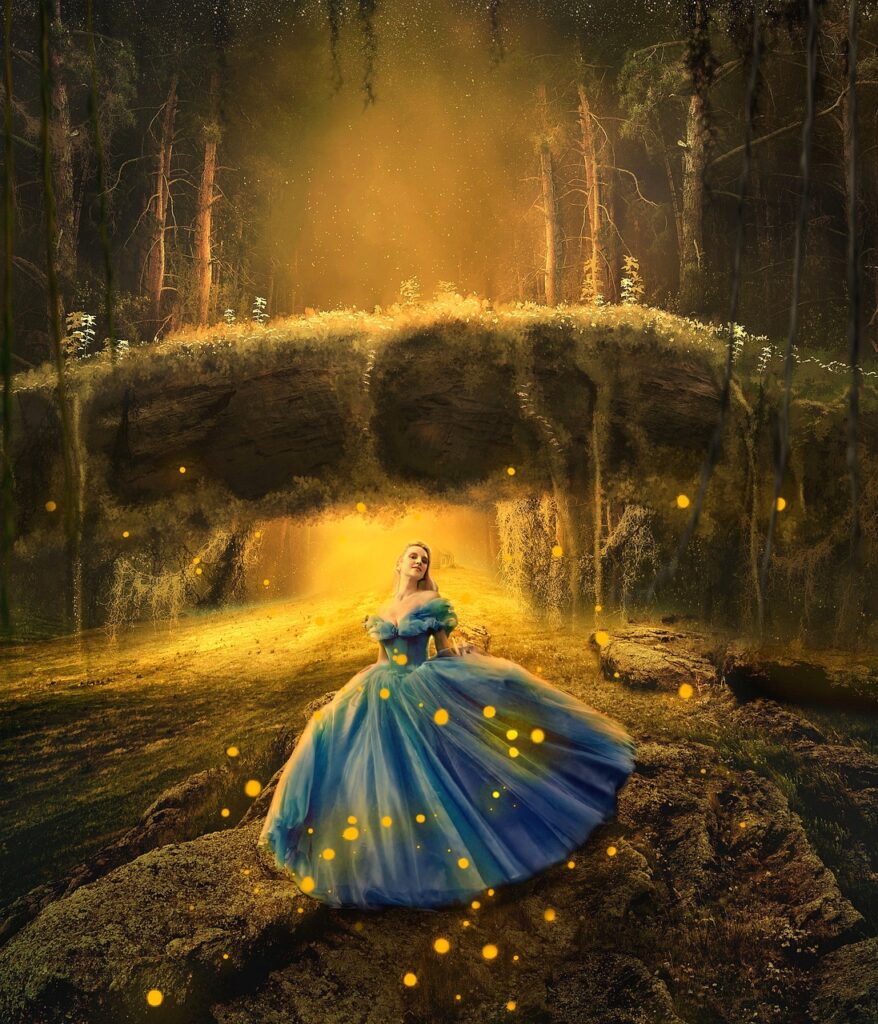The Art of Plot Writing

Learning objectives
- Understand Plot Structure: You will learn the components of a classic plot structure, including exposition, rising action, climax, falling action, and resolution.
- Creativity in Writing: Use your creativity to develop engaging and coherent stories using the plot structure.
- Use of Language: Enhance your ability to express complex ideas and narratives using your own words, focusing on clarity, coherence, and appropriate vocabulary for their audience.
- Analytical Skills: Develop your skills in analyzing and critiquing your own work and of your peers, focusing on how well the plot is developed and communicated.
A Plot: is the sequence of events that make up a story, essentially the narrative structure that guides the story’s flow from beginning to end. It’s the framework upon which a story is built, determining how the narrative unfolds, develops, and concludes. The plot includes the setup of the story’s world, the introduction of characters, the presentation and escalation of conflict, and the resolution of that conflict, leading to the story’s climax and denouement.
Key Components of a Plot

Exposition
Introduces the background information, setting, characters, and initial situation.
Rising Action
Presents a series of events that create suspense, interest, and tension, leading to the climax. This includes complications and developments that challenge the characters and intensify the conflict.
Climax
The turning point of the story, where the main conflict reaches its peak. It’s the moment of greatest tension, determining the outcome of the narrative.
Falling Action
Events following the climax, leading towards the resolution. Conflicts begin to resolve, and the story moves towards its conclusion.
Resolution (Denouement)
The conclusion of the story, where loose ends are tied up, conflicts are resolved, and the story’s outcome is revealed.
Uses of Plots

Storytelling
At the heart of storytelling across mediums – novels, short stories, films, plays, and even video games. A well-constructed plot captures the audience’s interest and evokes emotional responses.
Communication
Helps in structuring and delivering oral narratives or presentations, making information more engaging and memorable.
Marketing and Advertising
Used in creating compelling narratives around products or brands to connect with consumers on an emotional level.
Education and Training
Utilized in case studies, scenarios, and simulations to facilitate learning through storytelling, making complex information accessible and relatable.

“Cinderella”
Exposition:
The story introduces Cinderella, a kind-hearted young woman who lives with her wicked stepmother and stepsisters. They treat her poorly, making her do all the housework and sleep in the ashes, which is why they call her Cinderella. The setting is established in a faraway kingdom, and the initial situation outlines Cinderella’s struggles and dreams of a better life.
Rising Action:
The King announces a royal ball to find a bride for the Prince. Cinderella wishes to attend, but her stepmother forbids it, leaving her behind. The rising action escalates as Cinderella’s Fairy Godmother appears, magically providing her with a beautiful dress, glass slippers, and transportation to attend the ball, but with the condition that she must return by midnight when the magic wears off.
Climax:
At the ball, Cinderella captivates everyone, especially the Prince. They dance together, and he is smitten with her. However, as midnight approaches, Cinderella remembers the Fairy Godmother’s warning and rushes to leave, accidentally leaving behind one glass slipper on the palace stairs. This is the turning point, as the glass slipper becomes the key to her future happiness.
Falling Action:
The Prince, determined to find the mysterious girl who stole his heart, takes the glass slipper and searches the kingdom. He arrives at Cinderella’s house, where the stepmother tries to prevent Cinderella from trying on the slipper. Despite her efforts, Cinderella manages to try on the glass slipper, which fits perfectly.
Resolution (Denouement):
The resolution occurs when the Prince recognizes Cinderella as the girl he fell in love with at the ball. Cinderella is freed from her life of servitude, and she forgives her stepmother and stepsisters for their cruelty. Cinderella and the Prince marry, marking the story’s happy ending, where Cinderella’s kindness and resilience are rewarded, and she lives happily ever after with the Prince.
This example of “Cinderella” showcases how the classic plot structure guides the story from the introduction of the protagonist and her world, through the development of the central conflict, to the climax where the conflict reaches its peak, followed by the falling action leading to the resolution where the conflict is resolved.
Learning activity
- Plot Structure Workshop (20 minutes):
- After a brief explanationof each component of the plot structure: exposition, rising action, climax, falling action, and resolution, we will see one example from a well-known story to illustrate each part.
- Group Brainstorming Session (10 minutes):
- The class will be divided into small groups to brainstorm ideas for a story, focusing on developing a clear plot outline based on the structure discussed.
- Individual Writing Exercise (30 minutes):
- You will work individually to write a short story based on the group’s brainstormed ideas, emphasizing the use of your own words and creative expression.
- Don’t forget to think about the setting, characters, and conflict as you build your plot.
Review and Feedback (30 minutes):
- In small groups, you will share your stories. Peers will provide constructive feedback focusing on the clarity of the plot, the creativity of the story, and the effectiveness of the language used.

